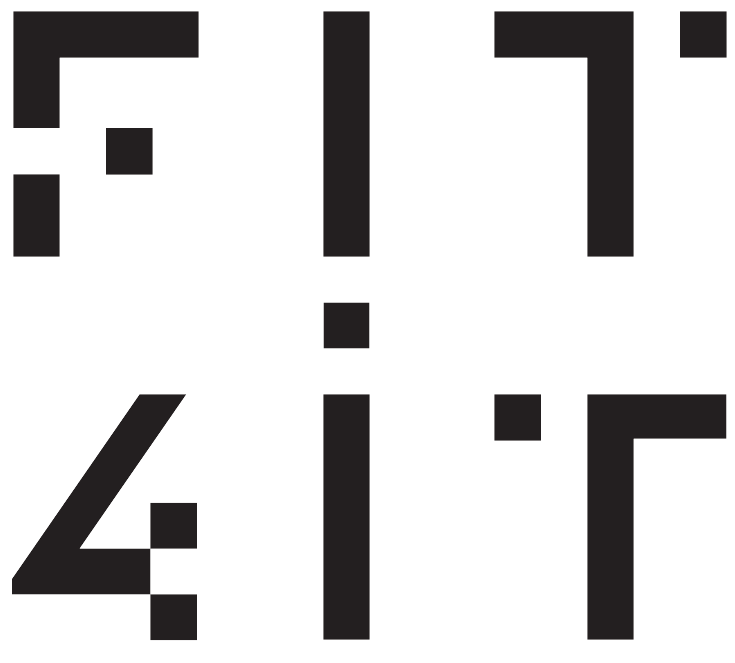Whether you’re hitting the gym, going for a run, or engaging in any physical activity, you’ve probably heard that warm up and cool down exercises are important. But do you actually take the time to do them properly?
Many people either rush through these steps or skip them altogether, not realizing how crucial they are for improving performance and preventing injuries. Think of your body like a car—would you start driving at high speed without warming up the engine first? And would you slam the brakes without gradually slowing down? Probably not.
Understanding why warm-ups and cool-downs matter can help you make the most of your workouts and avoid unnecessary setbacks.
The Role of a Warm-Up
A warm-up is a short period of light physical activity that prepares your body for more intense exercise. It increases your heart rate, circulation, and body temperature, which helps loosen up your muscles and joints.
Benefits of Warming Up
- Increases blood flow – More oxygen and nutrients are delivered to your muscles, helping them perform better.
- Improves flexibility – Dynamic stretching during a warm-up enhances mobility and reduces the risk of muscle strains.
- Prepares your mind – Gives you time to focus, set your goals, and get mentally ready for the workout ahead.
- Reduces injury risk – Loosens up muscles and joints, minimizing the chances of strains, sprains, or other workout-related injuries.
- Boosts performance – Well-prepared muscles function more efficiently, allowing you to move with better coordination and strength.
How to Warm Up Effectively
- Start with low-intensity cardio – Spend 5-10 minutes doing light aerobic activity, such as walking, jogging, or cycling, to gradually increase your heart rate.
- Incorporate dynamic stretching – Perform controlled, movement-based stretches like leg swings, arm circles, and torso twists to improve mobility.
- Include movement-specific exercises – Focus on warm-up movements that mimic your workout. For example, if you’re planning to lift weights, do bodyweight squats or lunges first.
The Role of a Cool-Down
A cool-down is just as important as a warm-up, yet it’s often overlooked. After intense exercise, your body needs time to return to its normal state. A proper cool-down gradually lowers your heart rate and reduces muscle tension, helping you recover faster.
Benefits of Cooling Down
- Speeds up recovery – Helps remove waste products like lactic acid, reducing post-workout soreness.
- Prevents muscle stiffness – Stretching after exercise keeps your muscles flexible and prevents tightness.
- Regulates heart rate and breathing – Brings your cardiovascular system back to its resting state in a controlled manner.
- Reduces dizziness and lightheadedness – Abruptly stopping exercise can cause blood to pool in your extremities, leading to dizziness. A cool-down prevents this.
How to Cool Down Effectively
- Engage in low-intensity cardio – Spend 5-10 minutes walking or cycling at a slow pace to gradually bring your heart rate down.
- Incorporate static stretching – Hold stretches for 20-30 seconds, focusing on the muscle groups used during your workout to improve flexibility.
- Practice deep breathing – Take slow, deep breaths to calm your nervous system and promote relaxation.
Best Warm-Up and Cool-Down Exercises for Different Workouts
For Strength Training
- Warm-Up: Light cardio + bodyweight squats, lunges, shoulder rolls, and arm swings.
- Cool-Down: Static stretching for the worked muscles, such as hamstring stretches, quad stretches, and shoulder stretches.
For Running or Cardio Workouts
- Warm-Up: Brisk walking, jogging, high knees, and butt kicks.
- Cool-Down: Slow walking, hamstring, and calf stretch, deep breathing.
For Yoga or Flexibility Training
- Warm-Up: Gentle joint rotations, slow sun salutations, cat-cow stretches.
- Cool-Down: Relaxed stretching, deep breathing, and meditation.
For High-Intensity Interval Training (HIIT)
- Warm-Up: Light jogging, jumping jacks, dynamic lunges, and arm circles.
- Cool-Down: Walking, deep breathing, and static stretching for major muscle groups.
Tips for Making Warm-Ups and Cool-Downs Exercises a Habit
- Be consistent – Treat these steps as essential parts of your workout, just like your main exercises.
- Listen to your body – Adjust the intensity and duration of your warm-up and cool-down based on how your body feels and the type of workout you’re doing.
- Use proper techniques – Focus on good form to maximize the benefits and prevent unnecessary strain.
- Mix things up – Incorporate different stretches and movements to keep things interesting and target all muscle groups.
A proper warm-up and cool-down should be non-negotiable parts of your workout routine. Warming up prepares your body for exercise while cooling down helps you recover faster and reduces the risk of injuries. By dedicating just a few extra minutes before and after your workout, you’ll improve your performance, feel better, and stay active for the long run.
Was this helpful?
Good job! Please give your positive feedback
How could we improve this post? Please Help us.






No Comments